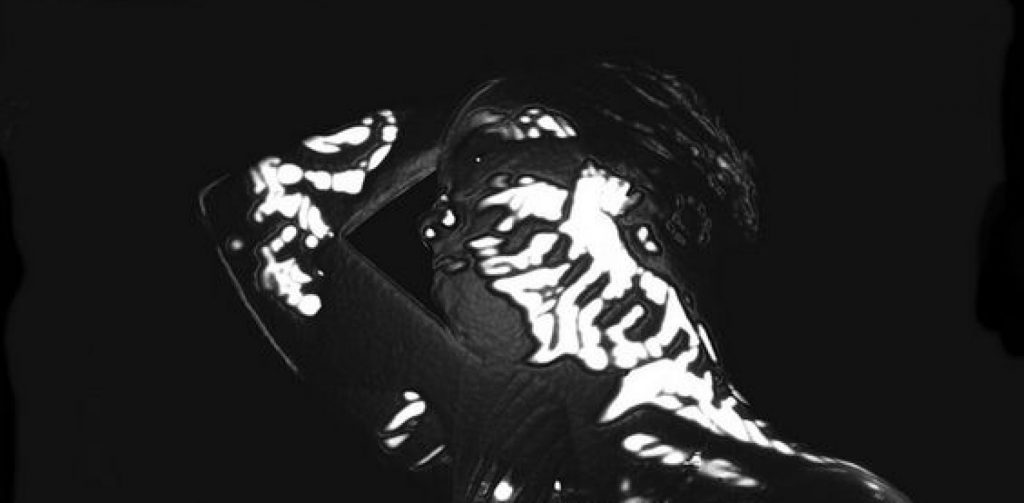This week was a lot more hands on, which is my favourite way of learning because you are learning by practicing. We set up eight speakers with mixers and microphones ready for a live group improvisation, which was based on a score that instructs the performers to use rocks as the way of producing sound (unfortunately I forgot to write down the name of the person who created the score). We were in groups of 4/5 and had a mixer for each group, and compressor/contact microphones to record the sounds. The limitations of the score I found to be really helpful, because it removed the confusion or worry for how to create sounds, and thus forced me to be more creative with how I used the rocks. We took a binaural recording of the performance, and when that gets uploaded to Moodle I’ll have a listen and try to sample some of it to get some ideas.
Following on from this we stayed in our groups and looked through the scores that we all made last week, choosing one to interpret and perform in front of the rest of the class. My group chose Steve’s score, which was simple and clearly laid out that it was intended for four performers.

I like the use of lines which change in direction and harshness, and I personally took this as a cue for lots of movement within the sound such as more dynamics, more variation in tone and more timbral texture. The lines then become more linear and moving in one direction, implying less movement. The beauty of scores like this is that although these are my own ways of viewing the score, another person could see it completely differently. The actual performance we did from this was a little frantic in my opinion, but that’s fine because the point of the exercise wasn’t to produce the most perfect performance, but instead to practice the act of performing from a score.

I find the idea of graphic scores very interesting because they are not nearly as blatantly instructional as musical notation or written scores, but more open to interpretation for the performer. We were shown a great example of a graphic score called ‘Treatise’ by Cornelius Cardew, which strengthens this concept of a visual stimulus as opposed to clearly defined rules. In regards to my own scores, I want to think of mine as starting points that I can build from since my ideas are in the very early stages and I work best when I am producing visuals and sound alongside each other.
